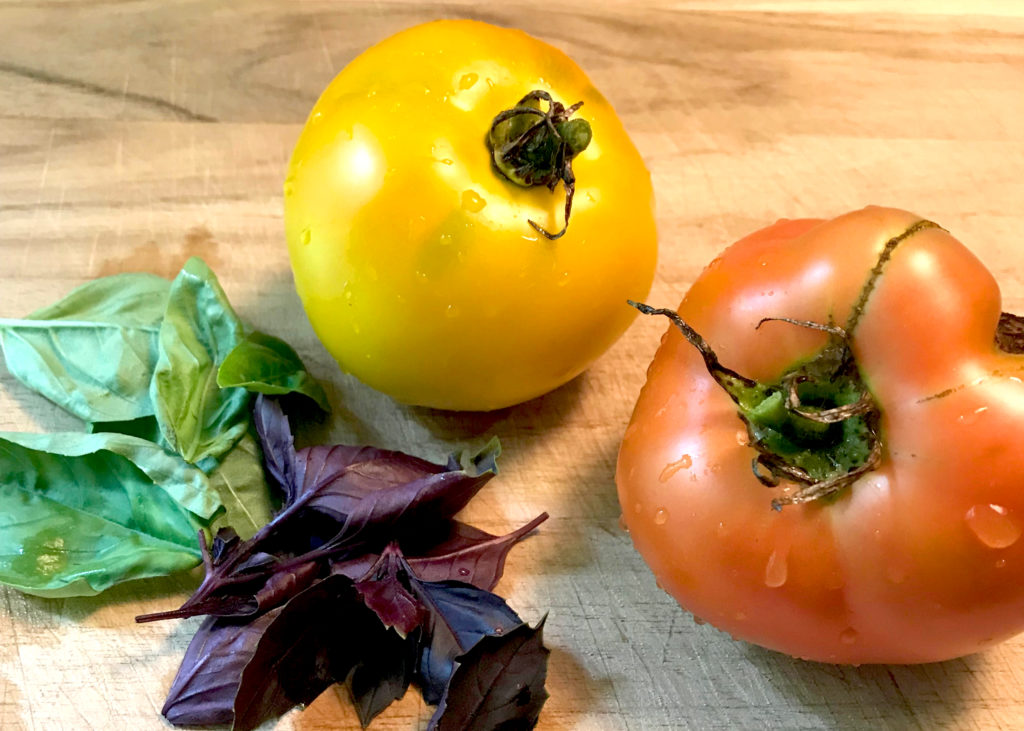Canning tomatoes like your grandmother did isn’t a good idea

When the fresh tomatoes from our garden started to pile up in the kitchen recently — brilliant reds and lemony yellows — I set out to make marinara sauce with fresh onions and garlic from the farmers market. I’d freeze some and use the rest immediately.
But there’s one thing I wouldn’t be doing: Canning it.
Canning tomatoes, whether it’s in a sauce like the one I planned to make, whole or diced, isn’t the same as it used to be. The tomatoes themselves have changed, and I can’t guarantee safe water bath canning with my recipe.
Earlier this year, I chatted with author Marisa McClellan, who teaches water bath canning and has written several cookbooks about canning, including “The Food in Jars Kitchen.” She explained that the tomatoes we grow now are different than those our grandparents did.
“Tomatoes today are less acidic than 50 to 60 years ago, so your grandmother’s practice then might have been safe, [but it’s] not as reliable today,” McClellan said.
It’s not by accident either, McClellan told me. They were bred to be less acidic.
Lisa Fishman, a regional supervisor and nutrition education professional with the University of Maine Cooperative Extension, said something similar. “We hybridize our seed supplies so that we can grow less acidic tomatoes and seedless cucumbers … We don’t necessarily know how acidic a tomato is anymore,” Fishman said.
In fact, McClellan told me, tomatoes (pH 4.0-4.8) today are actually less acidic than plums (pH 3.2-3.5). The sweetness of the plums, she said, masks the acidity.
“If something has a pH above 4.6 it’s considered low in acid,” McClellan said.
As a potentially low-acid produce item, tomatoes can’t be water bath canned as sauce, whole or diced or any other way unless acid is added.
In terms of canning, experts consider tomato sauce a so-called “trouble zone,” since the best practices for it have changed drastically over the last several decades. Guidelines were revamped in the mid-80s, but that knowledge hasn’t entirely trickled down to the canning circles, McClellan observed.
So what can you do? Add lemon juice. Particularly bottled lemon juice, which is held to certain acidity standards that fresh fruit may not abide by, Fishman said.
Whether you are a beginner or an experienced canner — I’d consider myself an intermediate water bath canner — it’s important to remember that the gold standards from the mid-20th century aren’t accurate today. That’s why checking modern guidelines — and perhaps investing in newer canning books like McClellan’s or ones by the company Ball — is a best practice for modern home canners.
“Food preservation is a science,” Fishman said.
So if you happen to have some old cookbooks lying around, perhaps from your grandparents or because you collect them (I do both!), cherish them, but don’t take the canning advice inside. It’s dated.
As for me, I am not planning on canning tomatoes anytime soon. The freezer will do just fine.
